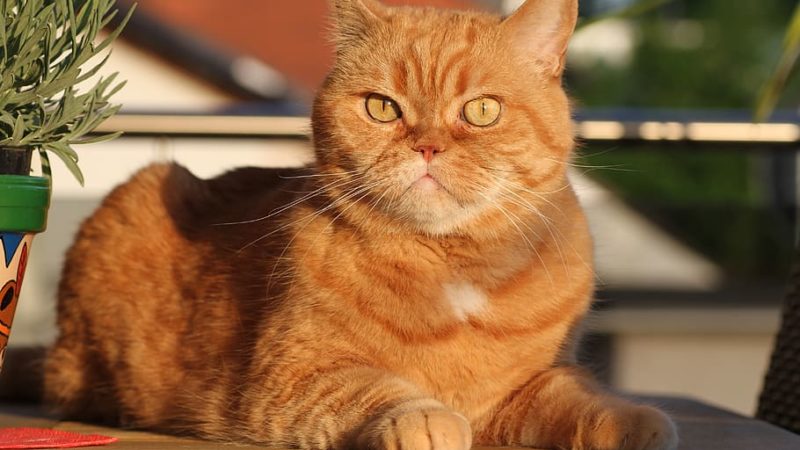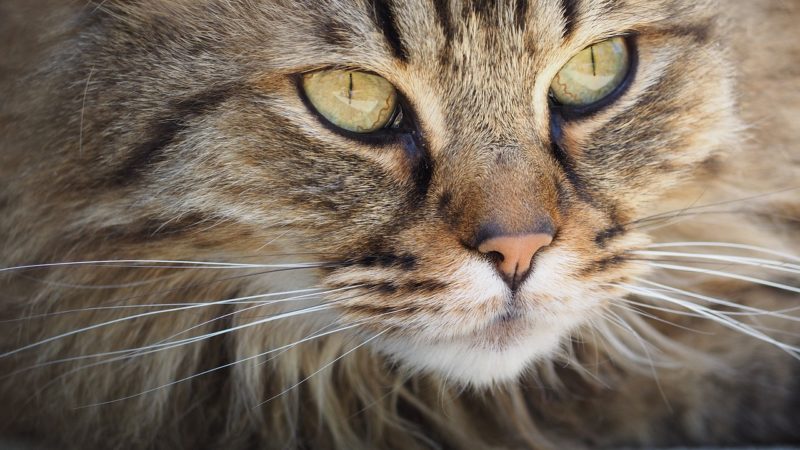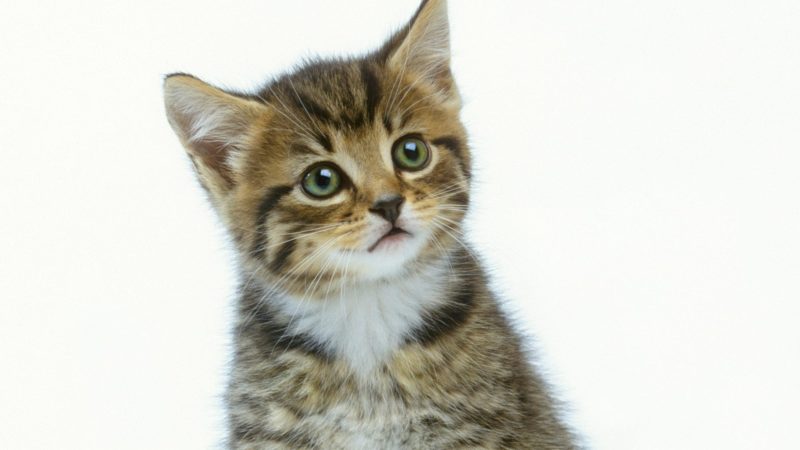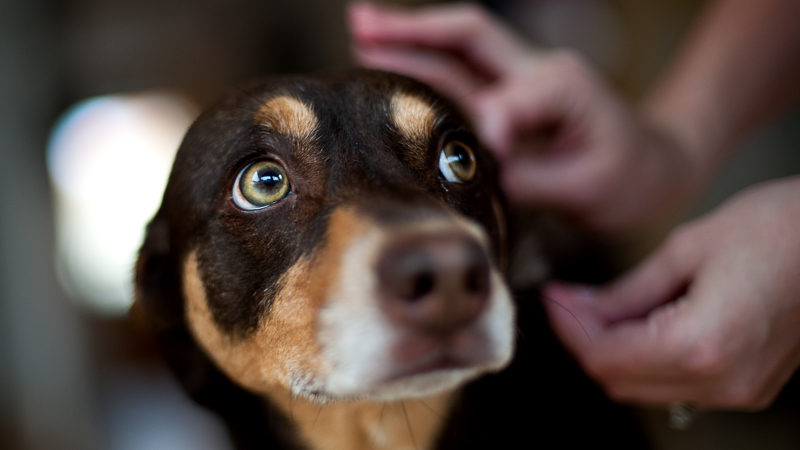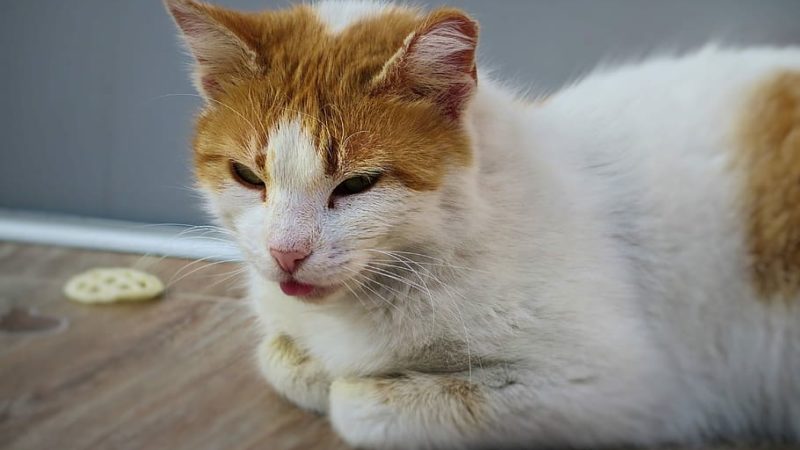How to Keep Your Cat’s Litter Box Clean
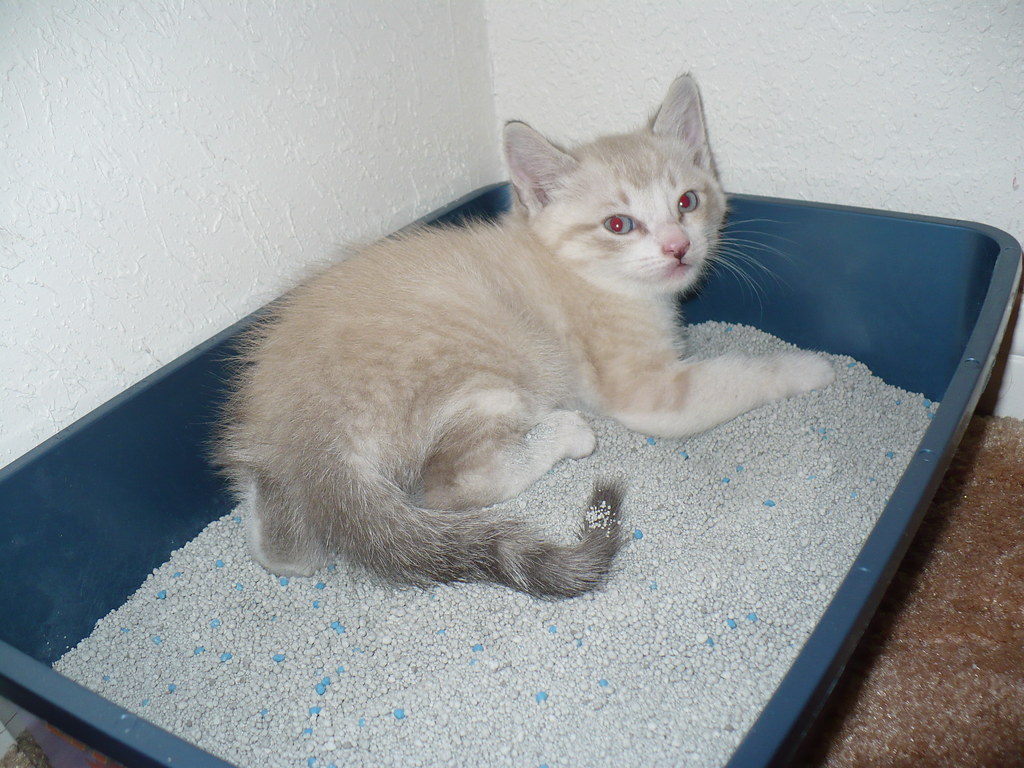
It is no secret that cats are finicky and their preferences for cleanliness extends to their litter box as well. If the litter box is too messy or smelly, then your cat will go somewhere else.
Cats are fussy, and they do not like dirty litter boxes, and in such situations, they might search for substitutes like baskets of clothes or carpet.
The sense of smell of cats is stronger than yours, so kitty box smells clean to you might be stinking for your cat.
Though the popularity of automated litter boxes is increasing, their prices are high, so not every cat owner can buy it.
In addition to this, many cats prefer standard litter boxes.
Now, the question is how to keep your cat’s container clean? Here is all you need to know about cleaning.
Litter Box Maintenance
The basic rule is that you should have separate box for each cat and should also have an extra one.
So if you have four cats, then you should have four litter boxes. If you keep more than three, then it would become difficult to find a place to keep them.
It is better to have a litter station with two or three boxes. It helps in accommodating more than one cat, and it is even easy to clean.
It is completely your choice which cleaning products you want to use for litter box maintenance.
However, the most important thing is that you should let your cat decide.
If your cat is not happy with the maintenance, then he or she will definitely let you know.
READ MORE: Diarrhea in Cats
How to Clean a Litter Box?
Required Materials
Below mentioned are some of the materials that you would need to do the cleaning.
- Disposal Pail or Waterbasket
- Litter box
- Litter box liner
- Cat litter
- Litter scoop
- Paper towels
- Unscented dish soap
Instructions for Cleaning Litter Box
1. Place the Box at Proper Place

Do not start using a covered container until your cat has a preference for it.
You can opt for a rectangular litter box large enough that your cat can move around in the box comfortably.
Place it at any place that you think is inconspicuous. It should be kept at a place with maximum privacy and with no noises.
It should also have an easy escape route. If you a use a case, that makes your cat feel frightened, then your cat will avoid it.
READ MORE: Vomiting in Cats
2. Use the Line in the Litter Box

It is optional to use a line. However, liners are convenient for discarding the used litter when you have to empty the box and wash it.
Liners are best if you are using non-scooping litter as they contain excess urine, which often seems to pool the box.
When It comes to changing the litter, then one common question that comes to mind is how often to change cat litter?
If you are using non-scooping litter, then it better to change the litter frequently.
READ MORE: FIP Disease in Cats
3. Fill the Litter Box with Cat Litter
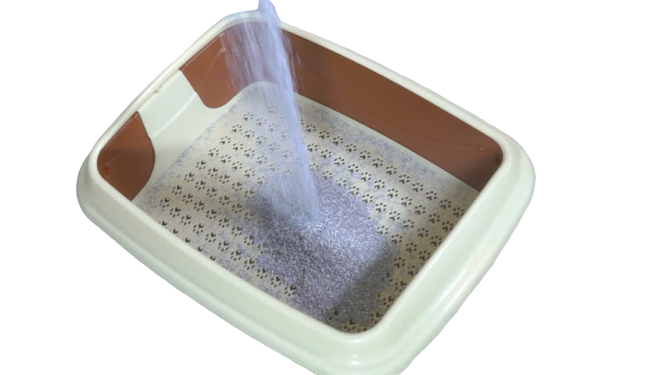
It is recommended to use the two to three inches of litter.
You can also fill up the three or four inches if your cat is a curious one who digs deep to the bottom of the litter box.
You can observe the ideal depth for the cat if experimenting by starting from two inches.
A clumping cat litter is an ideal choice as you do not need a pan liner, and clumping litter is liked by most cats. Always level up the litter after filling up, so that it is suitable for the cats.
4. Remove the Waste Using Scoop
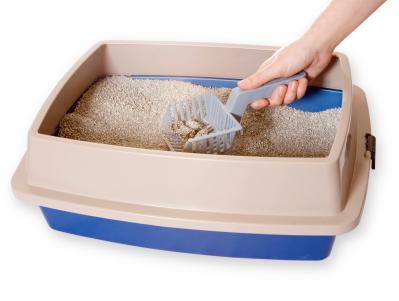
You can scoop out the waste easily with clumping litter as it absorbs the urine and turns into a solid chunk.
The litter sticks to the poop, which makes it easier to dispose of.
You must scoop out the waste at least twice and more if required. It is good to replace the disposed of amount with fresh litter
5. Discard the waste
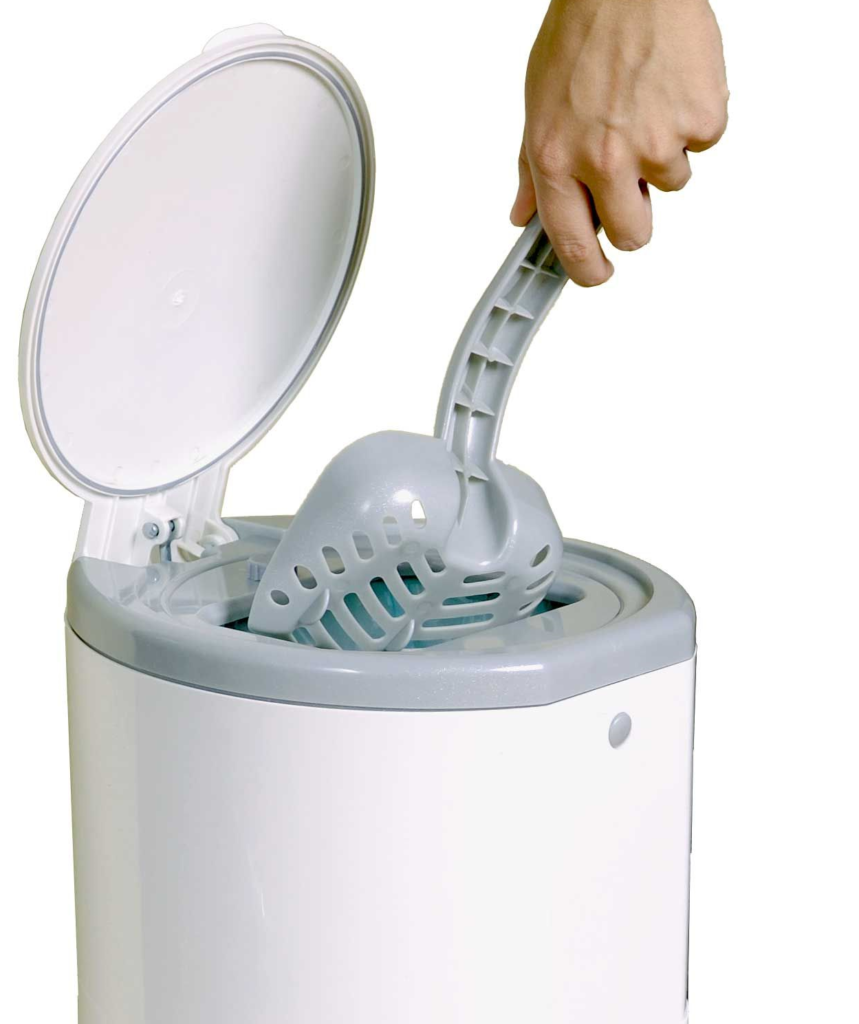
You must dispose of the cat’s waste immediately to prevent odor.
Scoop out the waste and drop off in a plastic bag and dispose of it in the garbage bin.
Also, there are several litter lockers available in the market, which makes it easy to dispose of and prevents odor.
Avoiding Issues
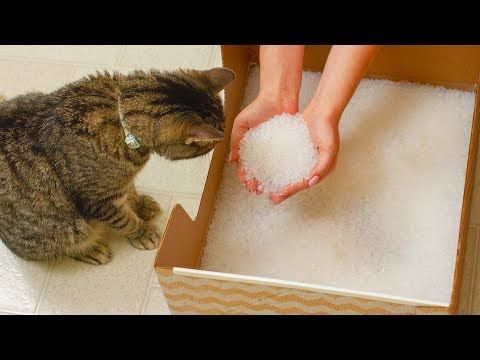
People replace the disposed of the litter with fresh clumping litter each time, but after several days the cat box needs to be cleaned thoroughly and filled with new fresh litter.
The issue with non-clumping litter is that the urine gets collected at the bottom of the kitty box, and it can lead to stinky indoors.
So it is advised to clean it more often. Collect the waste in a plastic bag and tie securely and then discard that into the garbage bin.
It is recommended to clean the box with dish soap using hot water and pat dry with paper towels.
If there is anything related to litter box we have not included in the article , please let us know.
READ MORE

